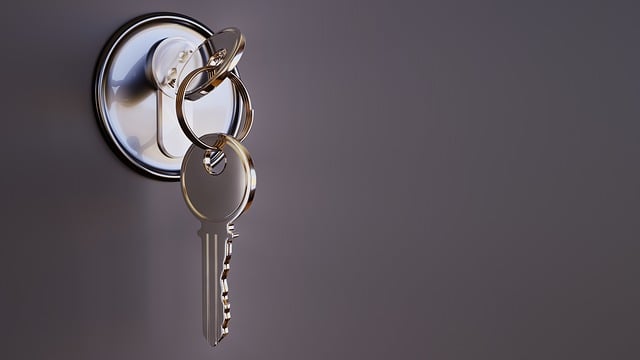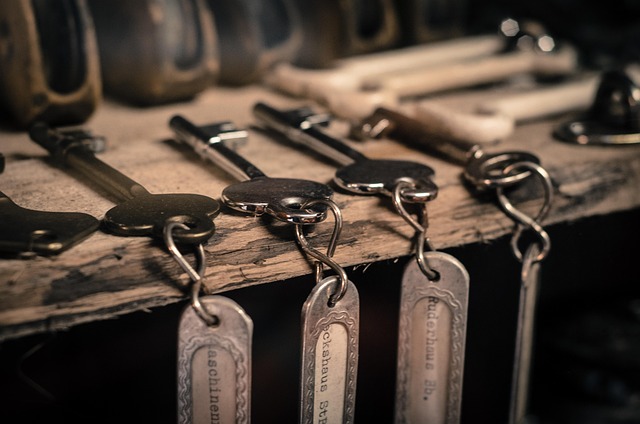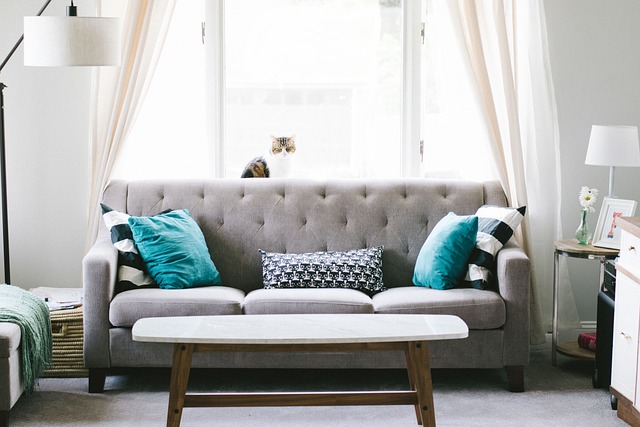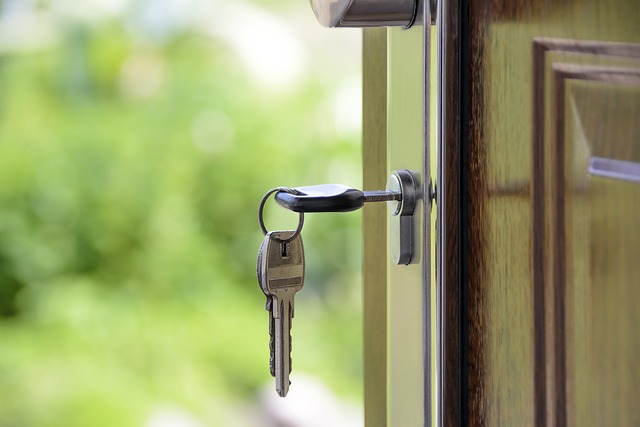Protecting historic homes while preserving their unique character requires a thoughtful blend of traditional and modern security measures. Homeowners should conduct thorough inspections and implement targeted upgrades like modern locks, detectors, and retrofitted electrical systems to address older constructions' specific vulnerabilities. Integrating smart home technology offers advanced protection without compromising aesthetics, ensuring old homes remain secure in areas prone to burglaries. Regularly reviewing and updating security features, including smart locks, motion sensors, and surveillance cameras tailored to historic architecture, is crucial for maintaining traditional home safety and preventing potential risks.
In today’s digital era, ensuring comprehensive safety for classic homes remains a unique challenge. As these properties age, they require specific attention to maintain their historical integrity while incorporating modern security measures. This article guides homeowners and professionals through essential strategies: assessing risks unique to historic homes, upgrading physical security features, integrating smart home technology suitable for older properties, securing exterior environments, and implementing ongoing maintenance routines. By adopting these approaches, you can modernize home security without compromising the traditional charm of vintage dwellings.
- Assessing Risks Specific to Historic Homes
- Upgrading Physical Security Features
- Integrating Smart Home Technology for Older Properties
- Securing the Exterior Environment of Vintage Dwellings
- Ongoing Maintenance and Monitoring Strategies
Assessing Risks Specific to Historic Homes

Assessing risks specific to historic homes involves careful consideration of their unique characteristics and vulnerabilities. Unlike newer constructions, vintage homes often feature original building materials, intricate architectural details, and outdated electrical systems, all of which may pose potential safety hazards. For example, old wiring can be a fire risk, while large windows and wooden structures are susceptible to break-ins or weather-related damage.
To ensure comprehensive security for historic homes, homeowners should conduct thorough inspections, identifying areas that require upgrades or retrofits. This might include modernizing locks and hardware, installing smoke and carbon monoxide detectors, upgrading electrical systems, and enhancing exterior lighting. Such measures not only strengthen the home’s protection but also help maintain its traditional charm by integrating modern security features seamlessly with its classic aesthetic.
Upgrading Physical Security Features

Many classic and historic homes boast stunning architecture and unique features, but they may lack modern security standards. Upgrading physical security features is a crucial step in ensuring old home protection while preserving their charming aesthetics. Retrofit home security solutions allow homeowners to modernize traditional home safety without compromising the property’s vintage appeal.
When considering security for older homes, focus on reinforced doors and windows with advanced locking mechanisms, high-quality security cameras, and motion sensors. These updates can deter potential intruders and provide peace of mind, especially in areas prone to burglaries or with a history of break-ins. Home security updates should also include a robust alarm system that integrates with smart home technology for remote monitoring and quick response times.
Integrating Smart Home Technology for Older Properties

Integrating smart home technology can significantly enhance the security and protection of classic or older properties while maintaining their traditional charm. Many vintage homes lack modern security features, making them potential targets for theft or vandalism. However, with careful retrofitting, homeowners can bring their old homes into the digital age without compromising their aesthetic appeal. Smart locks, motion sensors, and security cameras are excellent examples of technology that can be seamlessly incorporated to improve home safety. These devices allow homeowners to monitor their properties remotely, receive alerts when suspicious activities occur, and even grant access to trusted individuals with secure codes or keyfobs.
Upgrading to smart home systems offers a level of convenience and peace of mind for historic home owners. By installing these technologies, they can modernize their security without sacrificing the unique character of their homes. Moreover, many modern security systems are designed to be compatible with older homes’ wiring and structural features, ensuring that the retrofit process is efficient and effective. This approach combines traditional beauty with advanced protection, providing a secure living environment for residents while preserving the home’s vintage appeal.
Securing the Exterior Environment of Vintage Dwellings

The exterior of a classic home is both its first line of defense against potential threats and a significant aspect of its overall charm. When it comes to security for older homes and vintage home security, homeowners must strike a delicate balance between preserving historical integrity and installing modern home security updates. Retrofitting old home protection can involve upgrading windows with advanced locking mechanisms, ensuring sturdy doors that meet contemporary safety standards, and installing robust security systems tailored to the unique features of traditional homes.
Upgrading home security in vintage dwellings doesn’t have to compromise their aesthetic appeal. Homeowners can choose discreet yet effective solutions like smart locks, motion-sensor lighting, and surveillance cameras designed to blend with historic architecture. By investing in these home safety improvements, owners not only strengthen their properties’ defenses but also contribute to the longevity of these cherished structures, merging the best of old and new to create a secure and safe living environment.
Ongoing Maintenance and Monitoring Strategies

Maintaining a classic home requires a thoughtful approach to security that balances preservation with protection. Ongoing maintenance and monitoring strategies are essential for addressing unique challenges posed by vintage structures. Regular inspections, including checking for outdated electrical systems, leaky pipes, and structural vulnerabilities, form the foundation of old home protection. Homeowners should also consider upgrading security features like locks, window treatments, and alarm systems tailored to historic homes, ensuring they meet modern security standards while preserving the property’s character.
Retrofit home security measures play a crucial role in enhancing traditional home safety. This involves installing smart technology for monitoring access points, integrating automated systems for efficient and secure operation, and implementing advanced encryption protocols for data protection. Such improvements modernize home security without compromising the charm of historic architecture. Regularly reviewing and updating these measures ensures ongoing old home protection, allowing classic residences to maintain their timeless appeal while safeguarding against potential risks.
Preserving the charm and character of classic homes goes hand in hand with ensuring their comprehensive safety. By assessing specific risks, upgrading physical security features, integrating smart home technology, securing exterior environments, and implementing ongoing maintenance strategies, homeowners can effectively modernize the security of their vintage properties while respecting their unique historical value. These strategies ensure that old homes remain protected, comfortable, and safe for future generations to enjoy.
